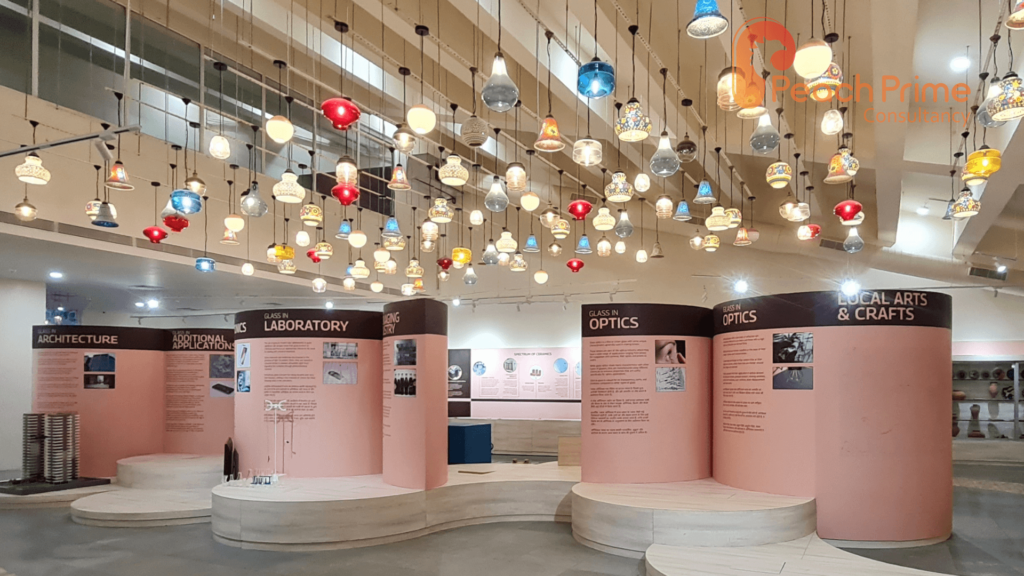
Blogs
The Evolution of Museum Exhibits: From Cabinets of Curiosities to Interactive Experiences
These new museums were designed with intention—rooms filled with artifacts were no longer just collections; they were immersive experiences. Visitors could walk through a gallery and feel as though they were stepping into different eras, guided by the carefully curated arrangement of objects. This was the era when museums became gateways to understanding history, culture, and art, providing visitors with a sense of wonder and discovery that remains at the heart of the museum experience today.
The Science of Fun
The design of an adventure park is a perfect mix of art and science. From the moment you arrive to the last thrilling ride of the day, every element is carefully planned to create a journey filled with excitement, joy, and a little bit of fear. It’s a place where adrenaline meets imagination, where screams turn into laughter, and where memories are made with every twist, turn, and drop. Next time you visit an adventure park, take a moment to appreciate the behind-the-scenes magic that makes the day so thrilling—because every ride, every sound, and every color is designed to make you feel like a kid again, no matter your age.

The Rise of National Museums: A New Era of Discovery
Imagine walking into a grand, palatial building, its high ceilings echoing with the stories of ancient civilizations, distant lands, and cultures you’ve only read about. In the 19th century, museums became just that—magnificent spaces designed not just to display objects but to tell stories. Gone were the days of cluttered, dusty collections; this was the dawn of organized, thematic exhibits that guided visitors on a journey through time and space.
The British Museum, for instance, wasn’t just about gathering artifacts; it was about showing the world the wonders of human achievement—from the Rosetta Stone, which unlocked the secrets of Egyptian hieroglyphs, to the Elgin Marbles, echoing the glory of ancient Greece. Museums like this became symbols of national pride, showcasing not just the history of a nation but of humanity as a whole.
The Louvre took this a step further. Originally a royal palace, it transformed into a public museum after the French Revolution, opening its doors to anyone curious enough to wander through its halls. Suddenly, masterpieces like the Mona Lisa weren’t hidden away; they were accessible, inviting people to engage, interpret, and learn.





